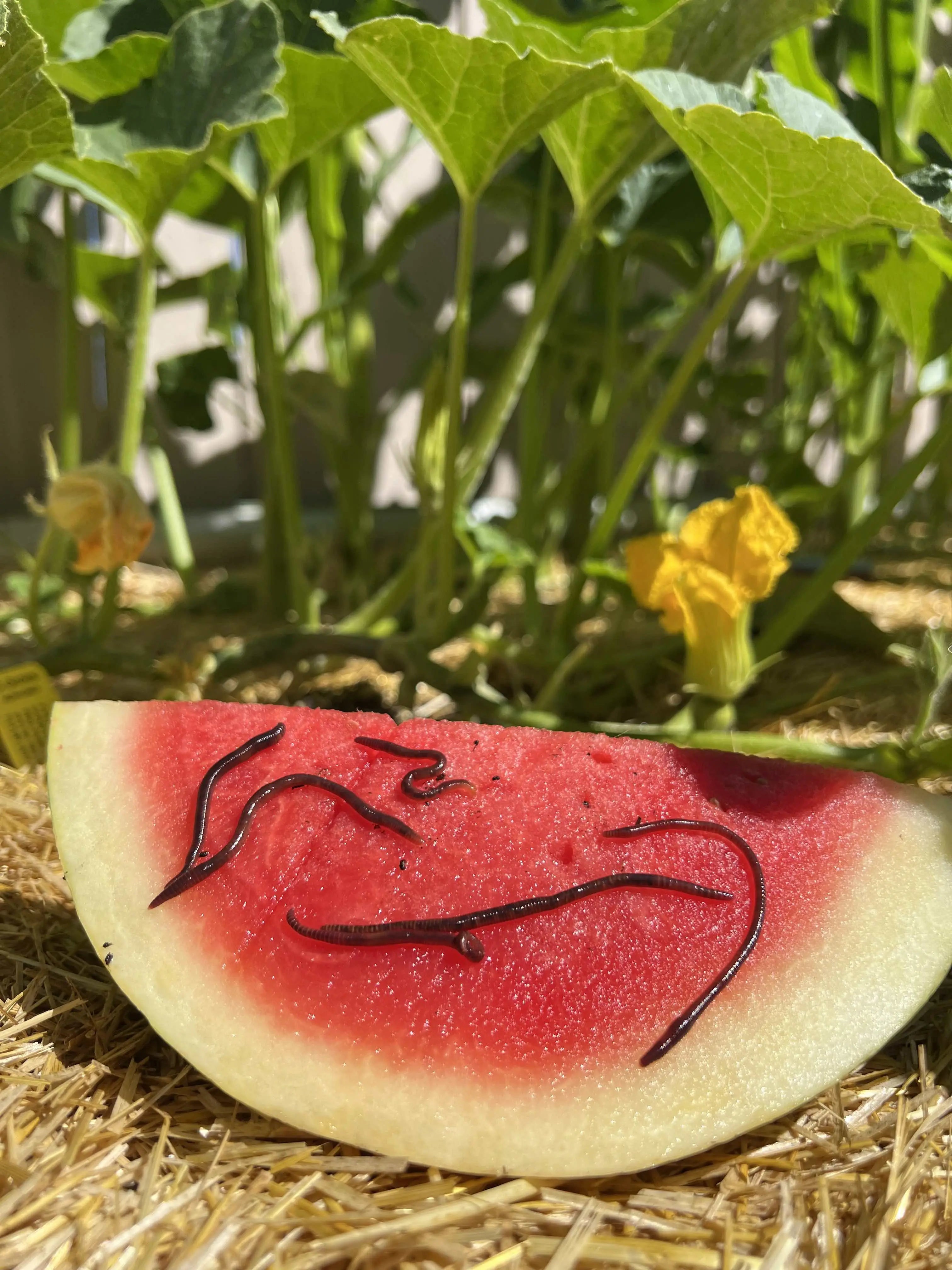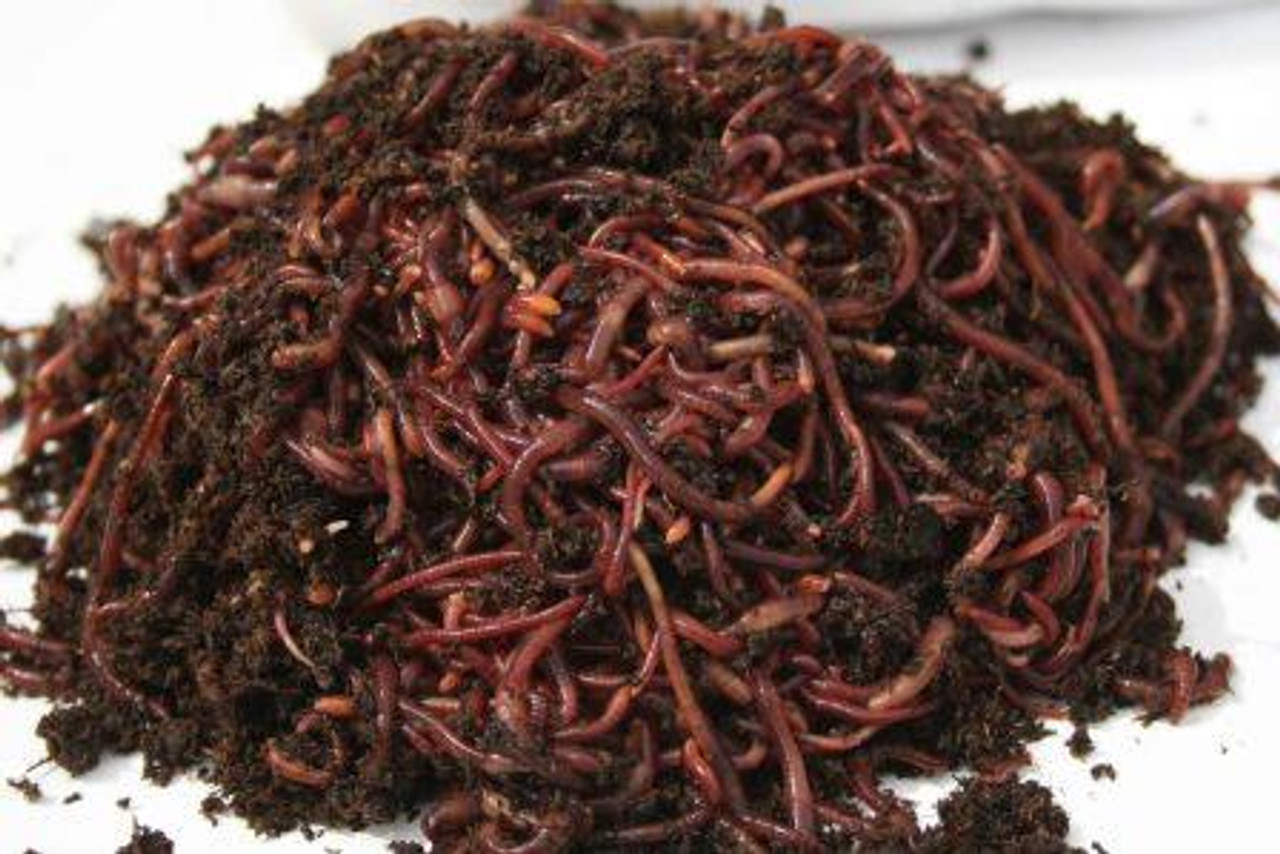Why Red Wiggler Composting is the Best Option for Eco-Friendly Gardening
Why Red Wiggler Composting is the Best Option for Eco-Friendly Gardening
Blog Article
Checking Out the Systems of Red Wiggler Composting: A Comprehensive Overview to the Refine and Its Positive Effect On Lasting Gardening Practices
The detailed devices of red wiggler composting, making use of the one-of-a-kind physiology of Eisenia fetida, present an engaging method for improving lasting gardening practices. As metropolitan horticulture gains grip, recognizing the subtleties of this composting technique ends up being progressively relevant.
Recognizing Red Wigglers
Red wigglers, scientifically understood as Eisenia fetida, are a species of earthworm very related to for their performance in composting organic waste. These worms prosper in nutrient-rich atmospheres, particularly in rotting organic matter, making them ideal for vermicomposting systems - Red Wiggler Composting. Identified by their reddish-brown coloration and segmented bodies, red wigglers are smaller sized than common earthworms, generally gauging in between three to 4 inches in length
Their distinct physiological traits improve their composting capabilities; as an example, they have a high reproductive price, enabling populaces to increase quickly under ideal conditions. Red wigglers take in natural product, damaging it down via their digestion systems, which results in nutrient-rich castings that act as a superb organic plant food. Their ravenous cravings allows them to refine large quantities of food waste effectively, substantially lowering landfill contributions.
Along with their composting prowess, red wigglers play an important role in dirt wellness. Red Wiggler Composting. They freshen the dirt and help with the disintegration of natural matter, additional improving the dirt environment. Recognizing the characteristics and environmental benefits of red wigglers is important for anybody seeking to apply lasting horticulture methods with reliable composting methods
The Composting Process
The composting procedure includes damaging down organic materials right into nutrient-rich garden compost, a task that red wigglers stand out at as a result of their specialized gastrointestinal systems. These worms eat food scraps, yard waste, and other organic matter, changing them into useful garden compost via a series of biological and chemical procedures.
Initially, the raw material is mixed with bedding products such as shredded paper or dried leaves, creating an optimum setting for the worms. As the red wigglers consume this combination, they damage it down with their intestine, where bacteria further disintegrate the product. This procedure creates heat, advertising microbial activity, which increases decomposition.

Advantages of Red Wiggler Composting
Eco-conscious people and several gardeners acknowledge the numerous benefits of red wiggler composting, making it a preferred choice for effective waste administration. Among the main advantages is its ability to substantially decrease organic waste in landfills - Red Wiggler Composting. Red wigglers effectively break down kitchen scraps and other biodegradable materials, transforming them right into nutrient-rich vermicompost that improves dirt wellness
Moreover, red wiggler composting improves dirt structure and fertility. The resulting vermicompost is teeming with beneficial microorganisms, which advertise plant development and improve nutrient retention. This natural fertilizer not just supports lasting gardening methods however also reduces dependence on chemical fertilizers, cultivating a much healthier community.
Additionally, red wiggler composting is a space-efficient technique, making it excellent for city gardeners with limited room. The process can be performed inside or outdoors, permitting for year-round composting despite climate conditions. In addition, red wigglers are low-maintenance microorganisms that need very little care, making them easily accessible for novice garden enthusiasts.
Essentially, the benefits of red wiggler composting expand past waste reduction; they add to much healthier soils, lasting gardening practices, and ecological stewardship, positioning it as a valuable technique in modern cultivation.
Finest Practices for Composting
For successful red wiggler composting, sticking to finest practices is necessary to make hop over to here best use of effectiveness and make sure an efficient environment for these worms. This balance advertises optimum decay and enhances the worms' health.
Following, monitor wetness levels, intending for a damp, sponge-like uniformity. Extremely wet problems can bring about anaerobic decay, while extreme dryness may hinder worm activity. Furthermore, guarantee proper aeration by turning the compost routinely, which aids avoid compaction and enables for adequate oxygen circulation.
Temperature is an additional important factor. Keep an array of 55 ° F to 77 ° F(13 ° C to 25 ° C) to promote worm activity and microbial development. Finally, stay clear of presenting meat, dairy, and oily foods, as these can draw in parasites and produce odors.
Enhancing Sustainable Horticulture
Lasting gardening embodies an all natural method that harmonizes ecological concepts with sensible horticulture strategies. By integrating techniques such as red wiggler composting, gardeners can dramatically improve their techniques, promoting a more resistant community. Red wigglers, renowned for their reliable decomposition capabilities, convert organic waste into nutrient-rich garden compost, thereby enhancing the soil without depending on chemical fertilizers.
Carrying out lasting gardening techniques, such as crop turning, buddy growing, and mulching, further enhances the benefits of composting. These methods not only enhance dirt framework and fertility yet additionally advertise biodiversity, drawing in beneficial insects and microorganisms that add to grow health. Furthermore, using native plants can decrease water intake and lessen maintenance, straightening with water preservation initiatives.

Final Thought
To conclude, red wiggler composting represents a crucial method for enhancing sustainable horticulture techniques. The efficient digestion of organic waste by Eisenia fetida not only creates nutrient-rich vermicompost yet additionally fosters better dirt wellness and structure. By promoting cardiovascular disintegration, this method decreases smells and waste while decreasing dependence on chemical plant foods. Ultimately, the fostering of red wiggler composting can considerably contribute to environmentally friendly horticulture, benefitting both metropolitan and novice gardeners in their growing initiatives.
The intricate devices of red wiggler composting, making use of the distinct physiology of Eisenia fetida, present an engaging opportunity for improving sustainable gardening practices. Comprehending the characteristics and eco-friendly benefits of red wigglers is necessary for anyone looking to execute lasting gardening methods with reliable composting approaches.

In final thought, red wiggler composting represents an important method for enhancing sustainable gardening methods. Eventually, the fostering of red wiggler composting visit this web-site can significantly add to environmentally friendly horticulture, benefitting both metropolitan and newbie gardeners in their cultivation initiatives.
Report this page